Bilingual Education at Early Age
9 min readHave you heard Henan Opera performed by Uygur girl On the art show of Baishikante bilingual primary school of Shache County, Kashgar, Zulimire, a girl from 5th grade sang “Hua Mulan”wonderfully with a silver voice and deep feeling, “Brother Liu speaks too partially, who says women cannot be comparable to men…” Listen to the standard pronunciation with a little accent of Henan. Who says Chinese is the world’s most difficult language to learn, in Xinjiang, many Uighur people can speak standard Chinese.
Xinjiang is the multi-ethnic- and multi-cultura- region. Uygur people account for 46% of the total of 22 million people in Xinjiang, while the Han people account for 40%, which determines that Uighur and Chinese are the two languages with the highest utilization rate.
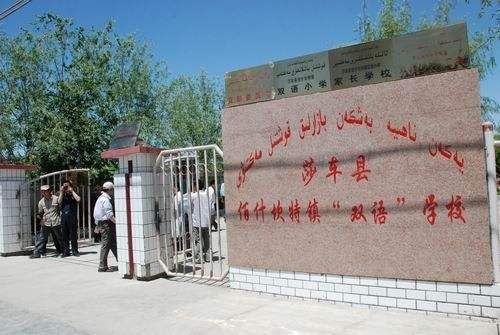
In 1981, the Education Department in Xinjiang stipulated to set the Chinese course from 4grade to the graduation of senior middle school. Since then, Chinese course has been actually started in ethnic primary schools in Xinjiang. In 1987, the Xinjiang government formally issued a document stating ” The teaching of Chinese course should be started from Grade 3 in primary and secondary schools of ethnic minorities and all the way to the end of senior middle school. By 1995 or so, most of the senior middle school graduates in towns and counties should be able to communicat with Han people in listening, speaking, reading and writing.”
Since then, a growing number of primary schools have started the bilingual classes, and more and more minority children have mastered two languages.
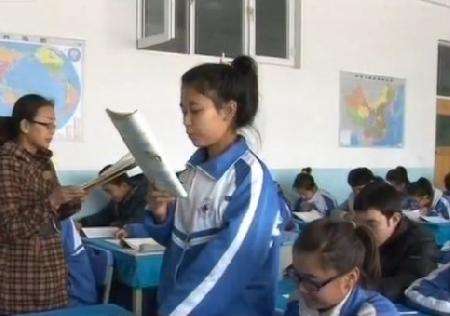
The bilingual education in Xinjiang is starting increasingly earlier nowadays, from Grade 4, Grade 3 and even from kindergarten In 2004, Xinjiang established the guiding ideology of “Bilingual education should start from children and the teachers”. The bilingual kindergarten construction and security projects were mainly implemented in seven prefectures (Ili, Tacheng, Altay, Aksu, Kizilsu Kirgiz, Kashgar, and Hetian), and nine counties (Hejing,yuli, Ruoqiang, Molei,yiwu, Barkol, Turpan, Toksun, and Hot Spring).by2012, bilingual education should be popularized two years prior to schooling.
Mongolian pupils
The first village-level bilingual kindergarten of Southern Xinjiang was established in Dunkeshilake Village of Tazihong Town, Shule County, Kashgar. Why here? It is because that a farmer who did not understand Chinese misused pesticide as fertilizer, and caused the total cotton failure. Therefore all the village officials agreed that Chinese was necessary for the development of the villagers and the village. On this occasion, the village determined to open bilingual kindergarter so that children could learn Chinese at early age.
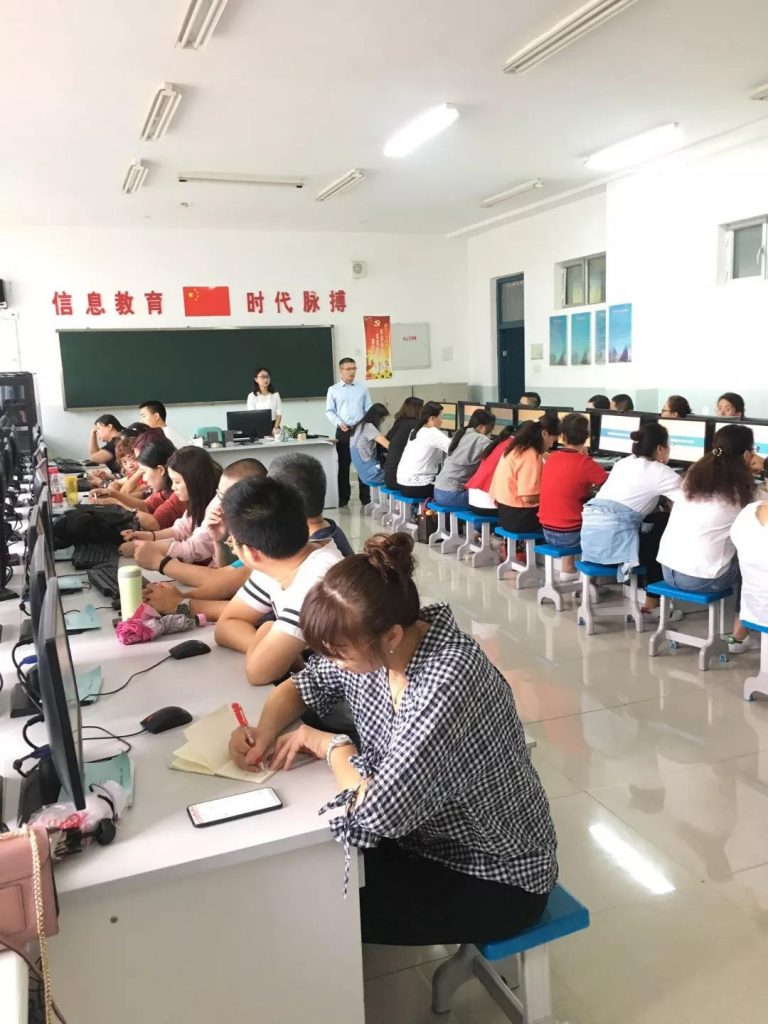
The Urumqi women’s federation kindergarten at Lianhongqi Road, teachers are having class From 2008 to 2012, the State and Xinjiang invested total of 5 billion Yuan to implement the pre-school bilingual education projects by building and expanding 2,237 bilingual kindergartens. Bilingual kindergarte are seen almost”everywhere” in Xinjiang.
The kids can receive bilingual education at their door steps.
In September 2011, the Shuixigou Town Bilingual Kindergarten was opened in Urumqi City, which was the first bilingual kindergarten in agricultural and pastoral area, with the capacity of 120 kids. The kindergarten is divided into large, medium, and small classes, equipped with a canteen, a health center, and a function room. When farmers and herdsmen parents heard this news, they actively signed up for their children. Children learn and play in kindergarten, and communicate with others in two languages happily. Such joyous scenes bring comfort to us and our hope for better future of the young generation.
Turpan is the earliest and most extensive region to plant cash crops. Many of the students have become the “little interpreter”in the family. When foreign businessmen come and buy fruits and vegetables, these children will make “simultaneous interpretation” for their parents and the businessmen. Parents now gained better understand for the benefits of bilingual education and began earnestly hoping that their children could learn well. Actually, the children have also taken increasing interest in taking bilingual course and going to school.
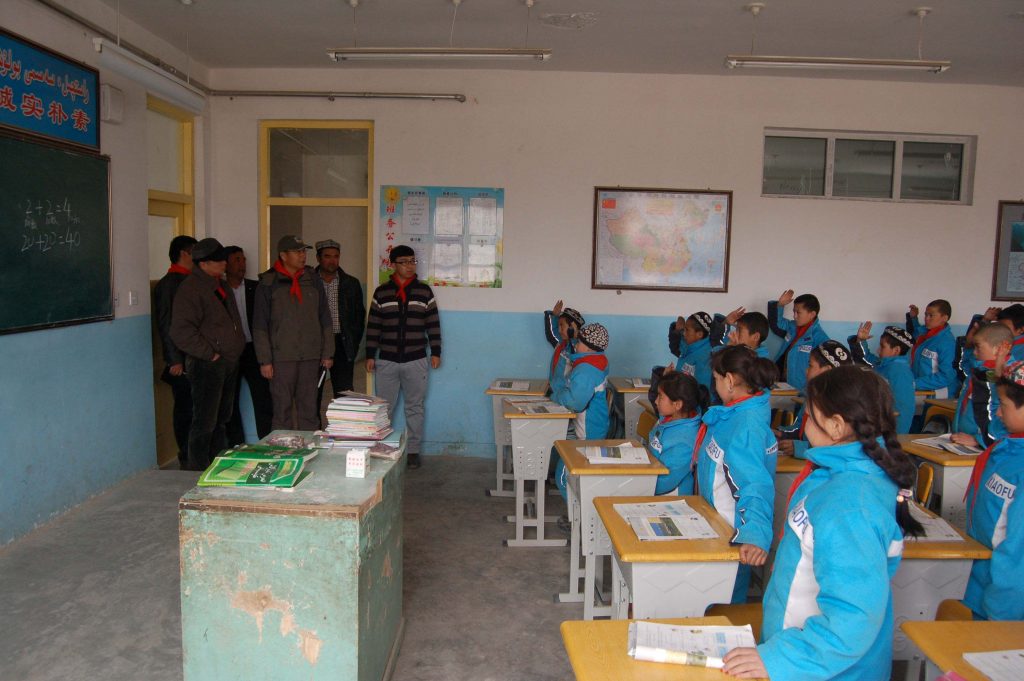
In some sense, mastering “bilingual languages” facilitates more means of livelihood.
Undoubtedly, being armed with more languages, one is likely to travel farther and be more competent in the society. Bilingual teaching is not to replace one language with another one, but to let the minority students master their own language as well as Chinese. On the one hand, they should master the mother tongue, and on the other hand they should learn Chinese, and at the same time to learn another foreign language if the conditions allowed, which is significant in one’s future developmen and in the improvement of the overall quality of the entire nation.
In order to further improve the quality of bilingual teaching, in 2011, Xinjiang determined the bilingual education project as one of the 22 key livelihood projects. Xinjiang implemented a bilingual kindergarten construction planning and pre-school bilingual education developing and protecting project, with the total investment of 4.02 billion Yuan for kindergartens’ public funds, children living allowance, textbook free allowance, and teaching and living facilities for every kindergarten. In 2012, Xinjiang allocated 31 million Yuan for the devices equipment of 15,218 classes and 285 computer classrooms, and started simultaneously the construction of bilingual distance education resource library, and further expanded policy area of dispensing the lodging fee and textbooks fee at secondary vocational schools.
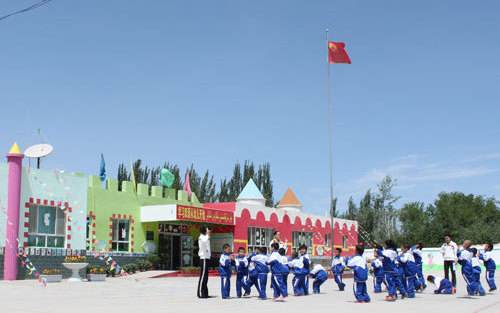
Today, the idea of learning and understanding Chinese, and being a bilingual person is glorious has been deeply rooted in the minds of people of all nationalities in Xinjiang. The public have increasingly recognized that mastering bilingual languages is the inevitable course to develop economy, science and technology, culture and education of ethnic minorities in a market economy environment.
So, when you come to Xinjiang, you can directly communicate with the minorities in Chinese, for the living environment of nationalities mixing together is very helpful to improve the level of their Chinese; even in ethnic minority areas, such as the villages in southern Xinjiang, you also need not to worry about the inconvenience of communication, because the bilingual teaching has trained more and more “small interpreters”.
In Xinjiang, the more conducive form for minority children to learn language than “bilingual” teaching is to “study abroadin the inland, to accept the high school stage of learning-“the inland Xinjiang senior middle school class” (for short “inland senior class”).
In order to let the minority students in remote areas receive the basic education of a higher level, since 2000, the State and Xinjiang have started many inland senior classes in developed cities in inland.
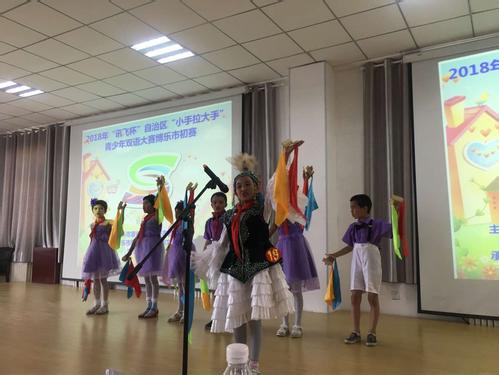
A student of such a class once said “We are loved and cared by all walks of life all the way from out home to on and off the train and to our school life.”
For more than a decade, the State has invested more than one billion Yuan on the project of inland senior class, trained tens of thousands of students of all ethnic groups in Xinjiang. Governments at all levels, relevant departments and schools in provinces and cities involved in the project have invested a lot of manpower and material resources. They have provided a good platform for Xinjiang students with the software and hardware conditions of high quality. They also put endeavor in offering comfortable environment for the students, in school building renovation, especially on diet, such as building new Muslim restaurants, hiring Xinjiang chefs, transporti the local naan pits, baking the authentic Xinjiang naan to respect and protect Muslim students’ eating habits Inland Xinjiang senior students People of all nationalities in Xinjiang are eager to send their children to learn in inland senior classes, resulting the year on year growth of students for such application. Graduates of these classes either continue their studies or work in the inland. Most of them choose to go back to Xinjiang and become the backbones of homeland construction.
“The holding of Central Xinjiang Work Forum shows me the new hope of the great-leap-forward development in my hometown. My hometown is still underdevelope, and the beautiful Xinjiang needs talents to build. As new generation of college student, it’s time for me to repay the love and care from our country. This is the heartfelt words of a student graduated from the inland senior class. He gave up the choice of living in a developed city and having a high-paying job to go back to Xinjiang to build his hometown. During the four years’ studying and living in the inland, Xinjiang students have enjoyed the same inland high quality education resources as other students. They witnessed the rapid changes in the inland with their own eyes. Their outlook and vision were largely broadened. They strongly felt the warmth of the motherland and the care of the people as whole family.
Wenquan No. 1 high school, modern playground and rubber track Practice has proved that such a talent training project is an innovation of Xinjiang education, and also the “livelihood project”for the wellbeing of people of all nationalities in Xinjiang.
If Xinjiang education is a towering tree, then the bilingual education and inland senior class are only two thick branches of the tree. Xinjiang education is growing from allow ground to exuberant foliage.
In old Xinjiang, there was not one school in the modern sense. At the early stage of the new China, the educational level of Xinjiang was quite low, and developed slowly. In 1949, the total population of Xinjiang was 4 million, but there were only 1,335 primary schools, 9 middle schools, and 1 university, with ethnic teachers of only 7,015 and minority students of 180,000. School buildings were shabby, and operating conditions were poor. The illiteracy rate was of over 90%.
In 1995, Xinjiang started the “two-basic” education project, which was basically popularizing the nine-year compulsory education, and basically eliminating illiteracy among young adults. After fourteen years of hard work, the project passed the national acceptance check. At present, the coverage rate of the population for nine-year compulsory education is close to 100%, and the enrollment rate of school children (youths) of primary school and middle school reaches 98%. At the sth population census in 2000, the illiteracy rate of permanent residents in Xinjiang was 5.62%, but it dropped to 2.36% in 2010 at the 6 th population census.
Huge educational investment boosts up the education in Xinjiang.
In order to guarantee right-age students to receive the nine-year compulsory education, from 2003 to 2005, Xinjiang invested over 300 million Yuan to carry out the policy of “two exempt and one compensate”for poor family students during the period of the nine-year compulsory education, which were exempting from tuition and textbooks fee, and offering living allowance to the poor boarding students. Since 2004, the State has invested 680 million Yuan to solve the problems of going to school of minority children at pasturing areas, 364 boarding schools at agricultural and pastoral areas have been built in 28 counties that have not achieved the goal of “two-basic”, and boarding schools have also been built in the 34 counties having difficulty consolidating and improving the goal. In 2006, the State and Xinjiang allocated 756 million Yuan to implement the new safeguard mechanism of rural compulsory education funds, exempting all tuition and fees for rural compulsory education students. Since the autumn of 2007, the State and Xinjiang have invested 129 million Yuan to subsidize 51,000 extraordinarily poor students in regular undergraduate schools and advanced vocational schools, and 95,000 in secondary vocational schools, among which 70% were minority students.
From 2000 to 2010, various schools in Xinjiang had made the basic construction investment in education of more than 30 billion Yuan, with the school construction area increased to 50 million square meters from 30 million square meters. During the decade, the various education investments increased year by year. The huge investment in education has fundamentally improved the operating conditions of various schools in Xinjiang.
In the rural areas in the north and south of the Mt. Tianshans, the schools have taken on an entirely new look. The former adobe construction school buildings are gone, and the situation of several classes crowded in one classroom became history Even in some areas of poor economic conditions, the rural schools are also equipped with teaching buildings libraries, laboratories, canteens, turf fields, multimedia language labs and other advanced teaching facilities. Sounds of reading come out of the bright and spacious classrooms, the kids run freely on the playground, the canteens provide nutritional meal. With the greatly improved school conditions, the rural primary and secondary school students can learn in a good environment, and grow up under an atmosphere of scholarly.








